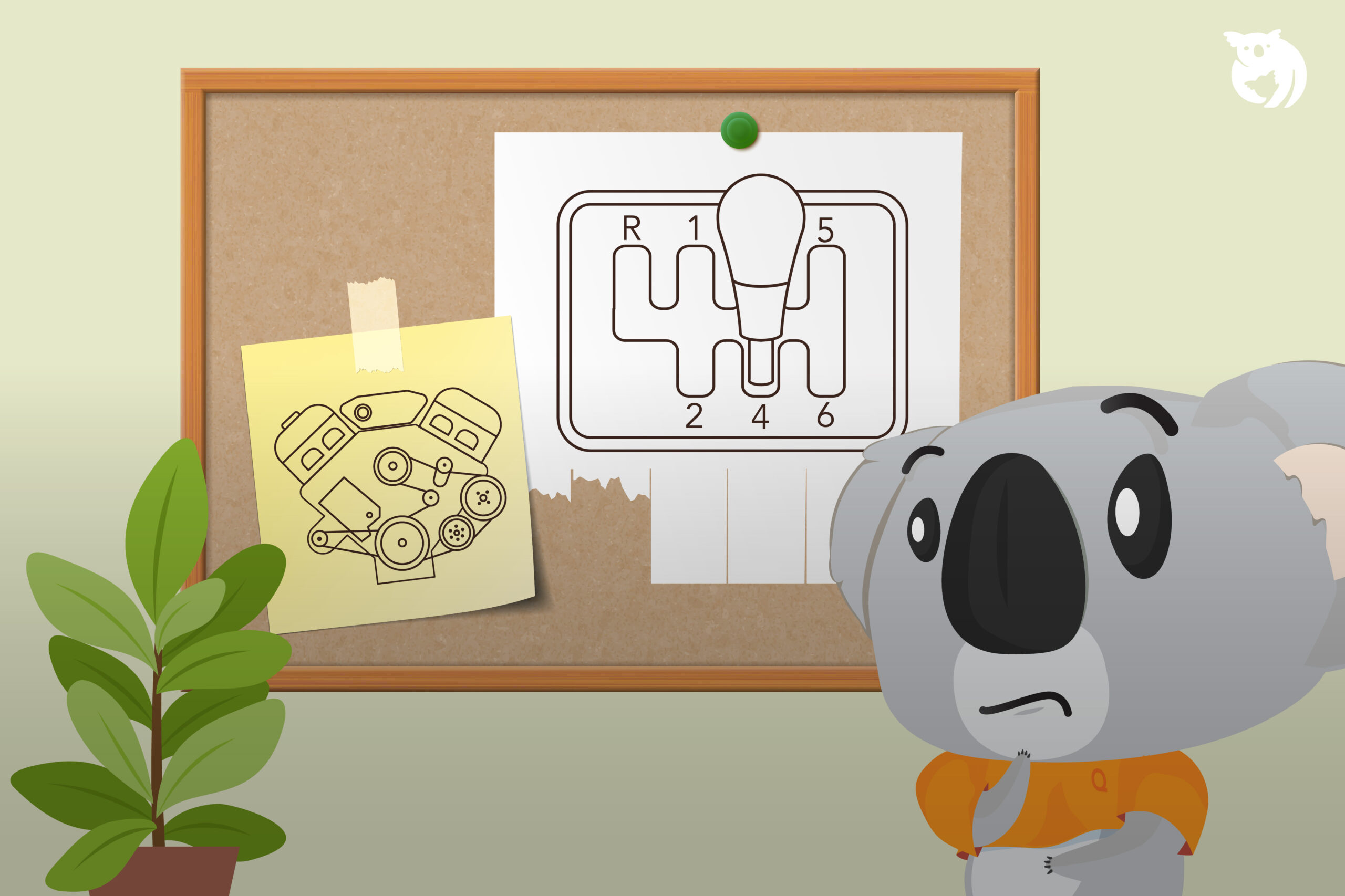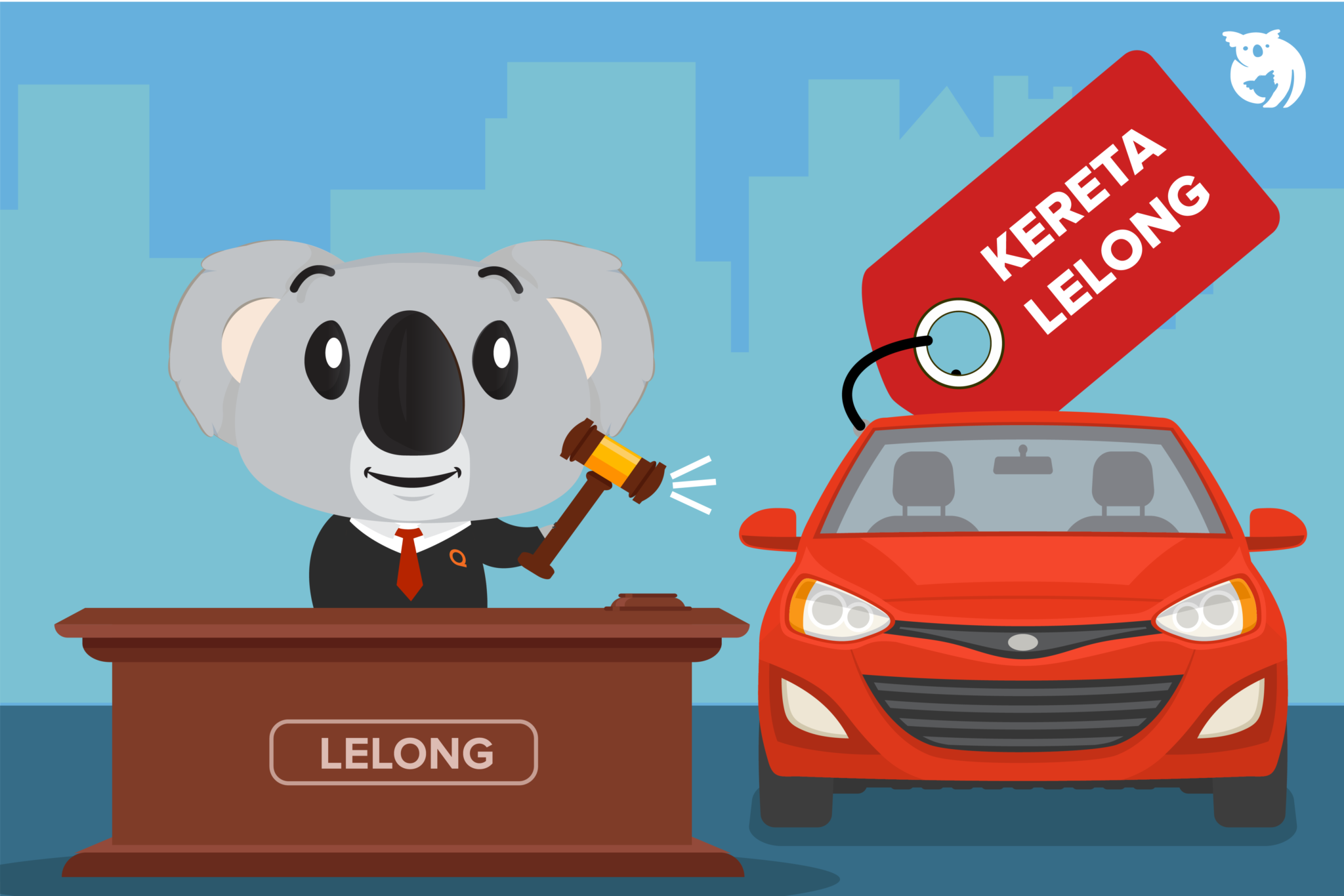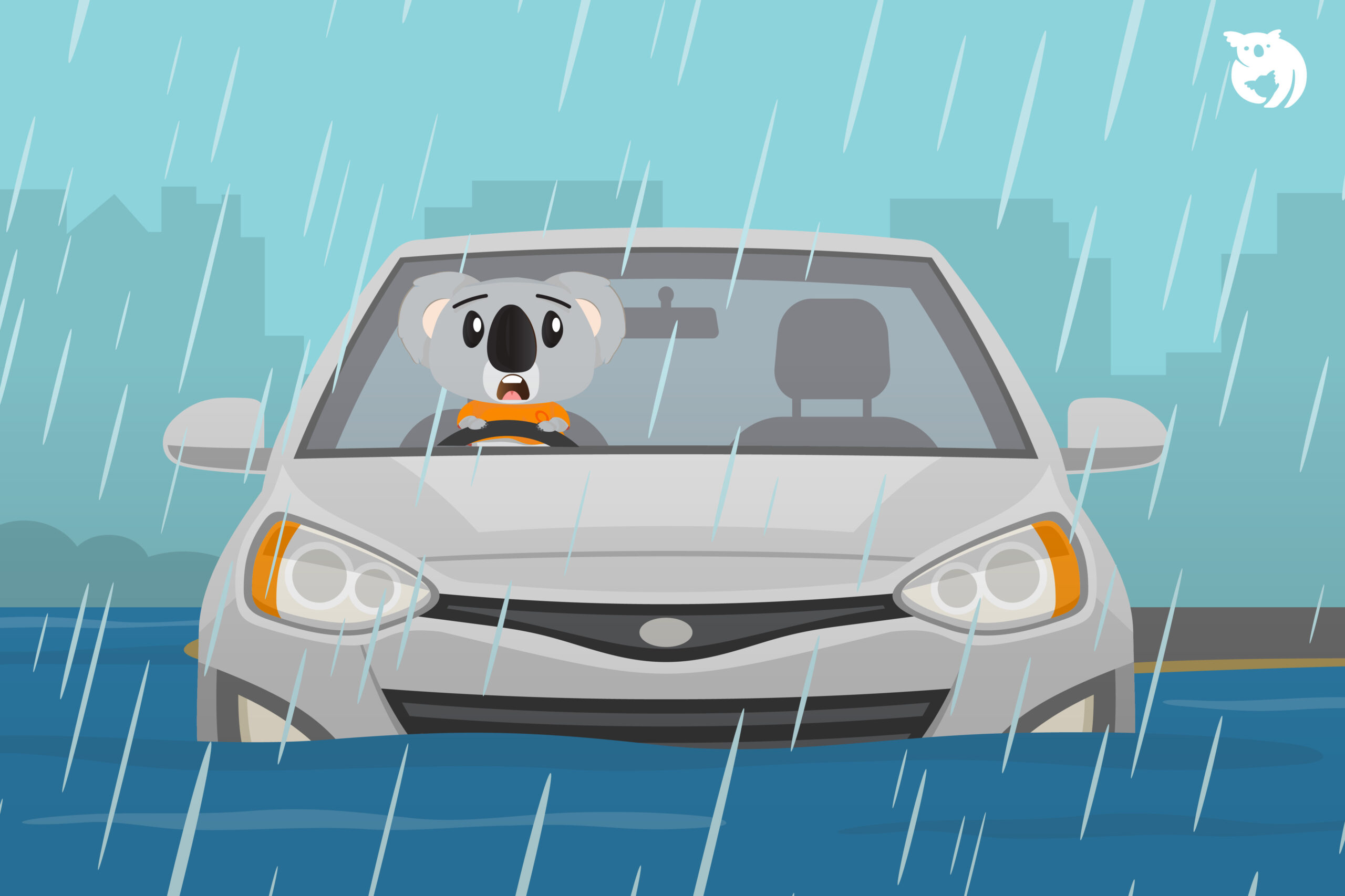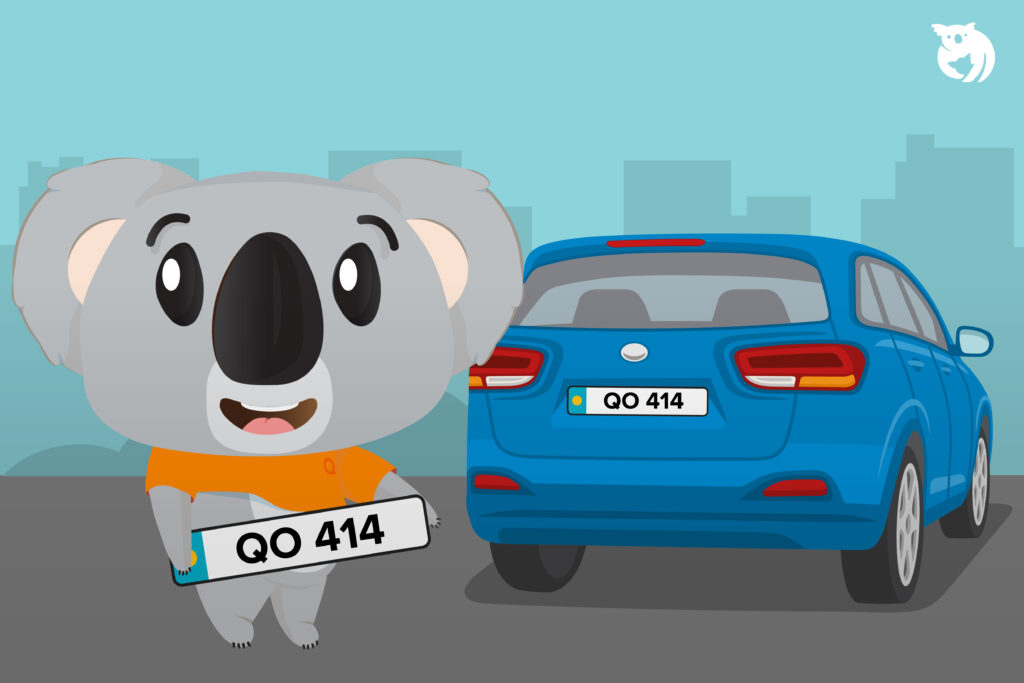If you don’t want to spend a lot of money on repairing the car’s gearbox, you need to know the signs of gearbox problems. If you delay addressing the issue, it will end up costing you a significant amount of money for repairs. The repair costs are not insignificant; they can really drain your wallet. If you don’t have money in your pocket, you’ll be forced to break your piggy bank. Before we delve into the topic of signs of a faulty gearbox, do you know that not many people know what a gearbox is in every car?
Car Gearbox: 5 Important Things You Need to Know
Many people know how to drive a car but have little knowledge about what a gearbox is and how it functions. The main function of a gearbox is to obtain different speeds suitable for the vehicle’s conditions and load, transfer power, adjust gear ratios, and remain in a neutral position to start the engine.
Firstly, it is well known that there are two types of gears (also known as transmissions), namely automatic and manual gears. Distinguishing between these two types of gears is not difficult.
An automatic gear only requires you to shift one gear lever to enable the car to move. On the other hand, in a manual gear, you need to shift gears at specific intervals and speeds, whether it’s slow or fast.
1. Types of Car Gearbox
Typically, there are two common types of car gearboxes:
Manual Gearbox
A manual gearbox is equipped with a mechatronic mechanism to take over the clutch’s function and gear shifting. It is connected to the clutch system, which transfers power from the engine to the gearbox based on the driver’s input. The driver is responsible for deciding which gear to use based on the current driving conditions and situations.
The driver’s left foot is responsible for pressing the clutch, while the left hand is used to shift gears, and the left foot releases the clutch once the gear shifting process is complete.
Automatic Gearbox
An automatic gearbox is equipped with mechatronic components to replace the clutch and perform gear shifting. Automatic gearboxes are often a popular choice due to their easy and smooth operation.
One of the advantages of an automatic gearbox is that it doesn’t require the driver to press the clutch while shifting gears. This makes automatic gears easier to use in congested traffic conditions and provides a smoother driving experience.
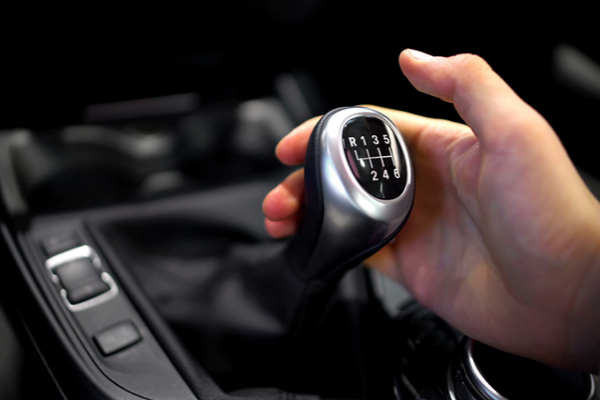
2. Signs of a Faulty Manual Gearbox, Issues with Automatic Gearbox
Many people use cars for transportation purposes, moving from one place to another. When we have our own car, we inevitably face various problems, especially in terms of damages.
Damages can occur to various components and parts, but when the car’s gearbox starts to malfunction, it can be quite troublesome. To prevent this from happening, we need to identify signs of a faulty gearbox.
Difficulty in Shifting Gears
An early sign of a faulty gearbox is difficulty in shifting gears, also known as gear shifting problems. This issue often occurs in both automatic and manual gearboxes. The difficulty experienced includes slow gear shifting and gears not engaging smoothly, especially during the initial stages of driving.
It often happens in the morning when the gear oil is still cold and the rubber seals are still rigid. However, it is not normal if this problem occurs repeatedly.
Strong Jolts
Another sign of a faulty car gearbox is experiencing strong jolts. This often occurs in automatic gearboxes. For example, when shifting from N to D or from P to D.
Car Unable to Move
If your car doesn’t move even after the gear button has been set to D, it indicates a severe gearbox problem. Some possible damages include a clogged valve body, damaged sensors, or valve body issues. Another sign of a faulty gearbox is when your car makes loud noises like roaring during gear shifting.
Additionally, if the RPM indicator doesn’t return to its original position after gear shifting in an automatic transmission, it indicates a problem with the gear. Moreover, if there is a significant delay or free play when shifting gears, it’s time to prepare for a visit to the car workshop. If you experience any of the above situations, it is a sign that your car gearbox is starting to malfunction.
3. Gearbox Problems: Steps to Take
If the early signs have appeared, they can still be addressed. However, prompt actions and steps need to be taken. For automatic cars:
- Clean the auto filter compartment and replace the auto filter;
- Change the auto oil;
- Replace the gearbox mounting;
- Replace the gear panel pin;
- Replace both gear oil seals.
For manual cars, you only need to change the gear oil, mounting, and gear cables.
4. Causes of Gearbox Damage
Unbeknownst to many, certain driving habits can lead to car gearbox damage. It is important to be aware that issues related to the gearbox, gear, or transmission can result in costly expenses.
If you engage in the following habits, you can damage your car’s gears, especially for those with automatic transmissions. According to Engineering Explained, these are the 5 bad habits that can cause gearbox damage:
Putting the Gear in Neutral While Descending a Hill
Do you often put the gear in neutral when descending a hill? Did you know that it can affect your car’s gears? Many believe that putting the gear in neutral while going downhill can reduce fuel consumption. This is because they let their cars coast without needing to step on the accelerator pedal.
In reality, it is a dangerous action. Driving in neutral mode while descending a hill makes your car rely entirely on the braking system and can cause you to lose control over the vehicle.
Not Coming to a Complete Stop
Have you ever changed gears when the car hasn’t come to a complete stop? Perhaps because you were in a hurry, you immediately shifted gears from R to D or vice versa without waiting for the car to come to a complete stop.
This action can damage the car’s gears, especially if it’s done frequently. Each time you shift gears, the transmission band clamp holds the gear, but if you don’t come to a complete stop, the transmission band clamp itself acts as the stopping mechanism for your car.
By doing this, you’re actually putting pressure on the gears. The transmission band clamp is not designed to function like a braking system. You need to change your habit and rely on the brakes to come to a complete stop before shifting from D to R or R to D.
Speeding in Neutral Gear
This is also an action that will only disadvantage you. Speeding in a stationary position or in neutral gear can damage your vehicle’s gearbox. When you shift gears after starting the engine, you are actually putting a load on the transmission band clamp.
In fact, accelerating the vehicle from a stationary position can be done without putting pressure on the transmission and damaging it. You should leave the car in Drive (D).
Place one foot on the brake while the other foot presses the accelerator pedal. (IMPORTANT: Do not take too long as the heat generated can also damage the transmission). Lift your foot off the brake to enjoy the acceleration you desire.
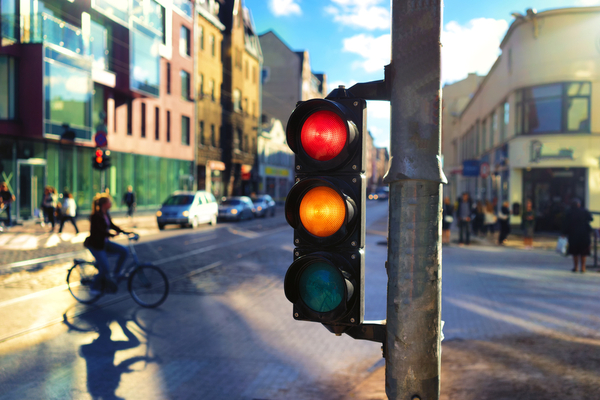
Putting the Gear in Neutral at Traffic Lights
This is an issue that sparks debate. Fluctuating oil prices have forced many people to be mindful of their petrol consumption. One of the tricks many use to save petrol is putting the gear in neutral when the car is stopped at traffic lights or whenever they come to a stop.
The engine tends to idle higher when in the Neutral (N) position compared to being in gear. Worse yet, it can potentially cause slippage issues with the clutch plate and, in turn, affect the mechanical components.
In reality, the fuel-saving benefits of putting the gear in neutral when stopped at traffic lights cannot be proven.
Shift to Park (P) Before Stopping
If you continue to shift to Park (P), the parking pawl will engage to prevent the car from moving. However, if you shift to P before the car comes to a complete stop, it can cause the parking pawl to act as a brake and disrupt the entire process.
Regardless of the situation, you must come to a complete stop before changing gears. These habits only disadvantage us as drivers without us realizing it. So, before your salary is spent on repairing the gearbox, it’s better to change these habits now.
5. Tips for Maintaining an Automatic Gearbox
Many people choose to drive automatic cars for their ease of use compared to manual cars. However, when it comes to maintaining an automatic gearbox, it is not as easy as it may seem. This is because the system used is quite complex and requires the driver to be more vigilant in its care.
The maintenance of manual and automatic gearboxes is different. Proper care is the best step to ensure that your car’s gearbox remains in good condition and has a longer lifespan. Here are some basic tips for maintaining an automatic gearbox that you should know:
Automatic Transmission Fluid (ATF)
Automatic Transmission Fluid, commonly known as ATF, needs to be changed once a year, depending on your driving habits. If you are a frequent long-distance driver, the timing for ATF service may vary based on the mileage recommended by the ATF manufacturer you use.
ATF that has been in use for a long time can contain oil deposits and iron particles, which can cause the oil to become thickened. Thickened ATF can damage the performance of your car’s gearbox and cause the temperature inside it to be higher than normal.
Dirty ATF can potentially lead to clogged filters or the so-called auto filter inside the gearbox. When these filters become clogged with deposits and iron particles in the thickened oil, it directly affects the smoothness of gear shifting during driving.
At the same time, this can put internal gearbox components at risk without you realizing it.
Replacing the Car Gearbox Filter
For your information, not all types of gearboxes have filters that need to be replaced during ATF maintenance. Most modern car models such as Honda or Toyota have replaceable filters, which need to be replaced to ensure that the pressure inside the gearbox is not disrupted.
Most newer car models have two types of filters in the gearbox. One is located inside the gearbox and does not need to be replaced unless the gearbox experiences critical issues and requires an overhaul process. The other filter is located in the gearbox oil pan. This filter needs to be replaced every time you perform ATF maintenance.
Furthermore, each filter has its own filtering capacity. Like other filters, the auto filter can only filter out 66% of the deposits carried by the ATF oil. If the filtered dirt exceeds this capacity, it can cause blockage in the ATF flow, leading to disruptions in hydraulic pressure inside the gearbox.
Make sure to replace the auto filter according to the schedule or every time you service the ATF oil. If you are unsure whether your car’s gearbox has a replaceable auto filter or not, please consult a mechanic in your area for confirmation. In addition to the two main tips mentioned above, there are a few more tips you can try.
Parking on Steep Roads
When parking your car on a steep road, it is advised to use the handbrake before shifting the gear into Park (P). This helps to reduce the load on components such as the pin in the P position and its connector.
Optimal Temperature
Did you know that heat is the main enemy of automatic gears? Besides ensuring clean and sufficient ATF oil, you also need to ensure that the system is suitable for our hot and humid climate.
If your car is a reconditioned or reconditioned-type vehicle, you should check if it can be equipped with an ATF cooler. If possible and affordable, it is recommended to install it as it will help extend the lifespan of the gearbox.
Mud
If your car gets stuck in mud, do not attempt to move forward or backward forcefully. It is recommended to wait for a few minutes before shifting into reverse gear (R).
This is especially important for 4X4 vehicles that have high torque. If it happens, you will have to replace the damaged gear, which can be costly. What if you’re stuck in a flood? If your car is trapped and submerged in floodwater, do not attempt to start the engine.
It is better to tow your car to a workshop and ensure that all engine components are completely dry before starting the car again.
Worried about the high towing costs? Don’t worry. The best car insurance can assist you without requiring any out-of-pocket expenses. Hopefully, today’s Qoala’s sharing can answer your questions and help you save your car’s gearbox.
If you’re wondering about the best and affordable insurance options, the answer lies with Qoala! Easy and quick insurance comparisons. Renew your road tax and get the best car insurance coverage with Qoala.

 EN
EN
 MY
MY

